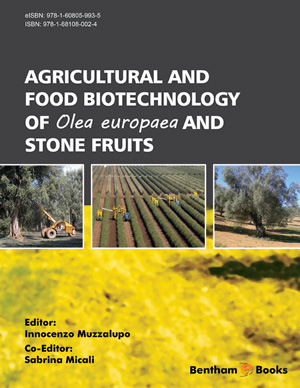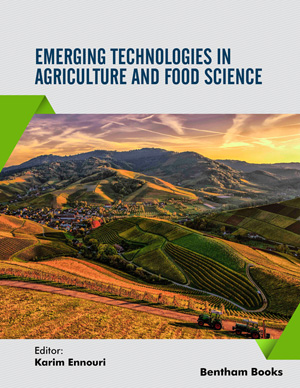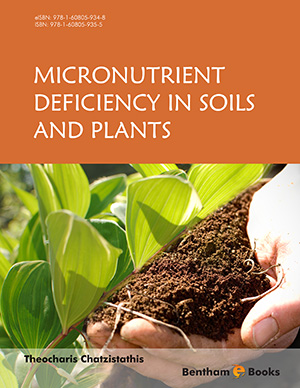Abstract
The possibility to feed an increasing world population will largely depend on the capacity to increase yield and the nutritional value of crops. Breeding has played a pivotal role so far but more is to be done to meet the challenging objective of feeding 9 billion people by 2050. Applied plant genetics is facing the dawn of a new era, in which novel genome editing technologies are opening unexpected horizons in basic and applied research. The study of DNA nucleases that can be engineered to land on specific loci of the DNA and alter its sequence is providing incredible tools for plant geneticists. This Chapter will describe genome editing technologies and the molecular bases that govern their function. Application to plant species is recent but advancing fast. Several traits of interest have already been successfully introduced or modified in crops and the first applications are starting to leave the lab and enter the path leading to commercial approval. This process is raising issues related to the regulation of genome-edited crops that governments all over the world will soon be called to rule.
Keywords: CRISPR/Cas9, Crop genetics, DNA repair, Double strand break, Genome editing, GMO regulation, Meganuclease, Oligonucleotide mediated mutagenesis, TALEN, Zinc finger nuclease.














